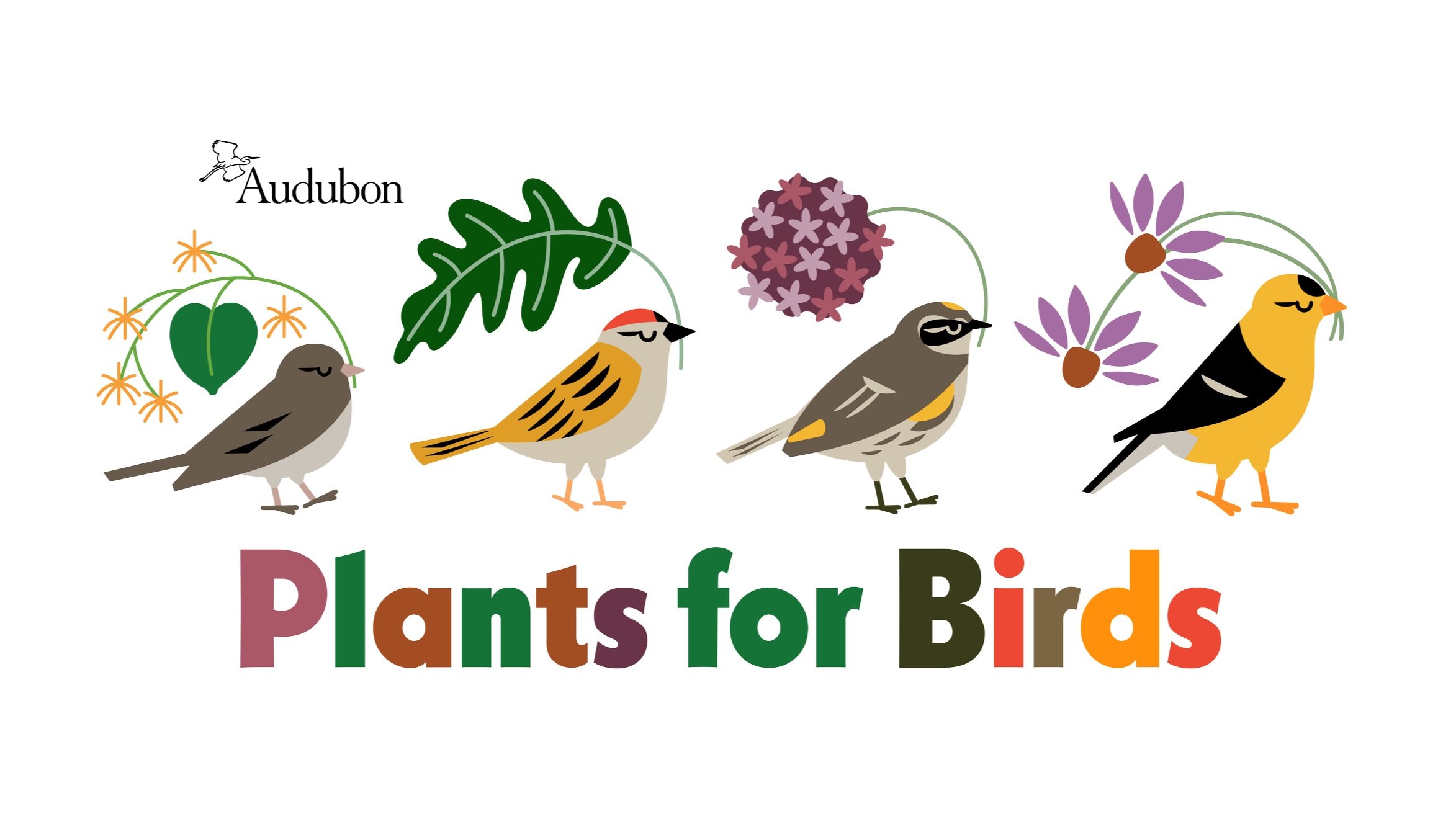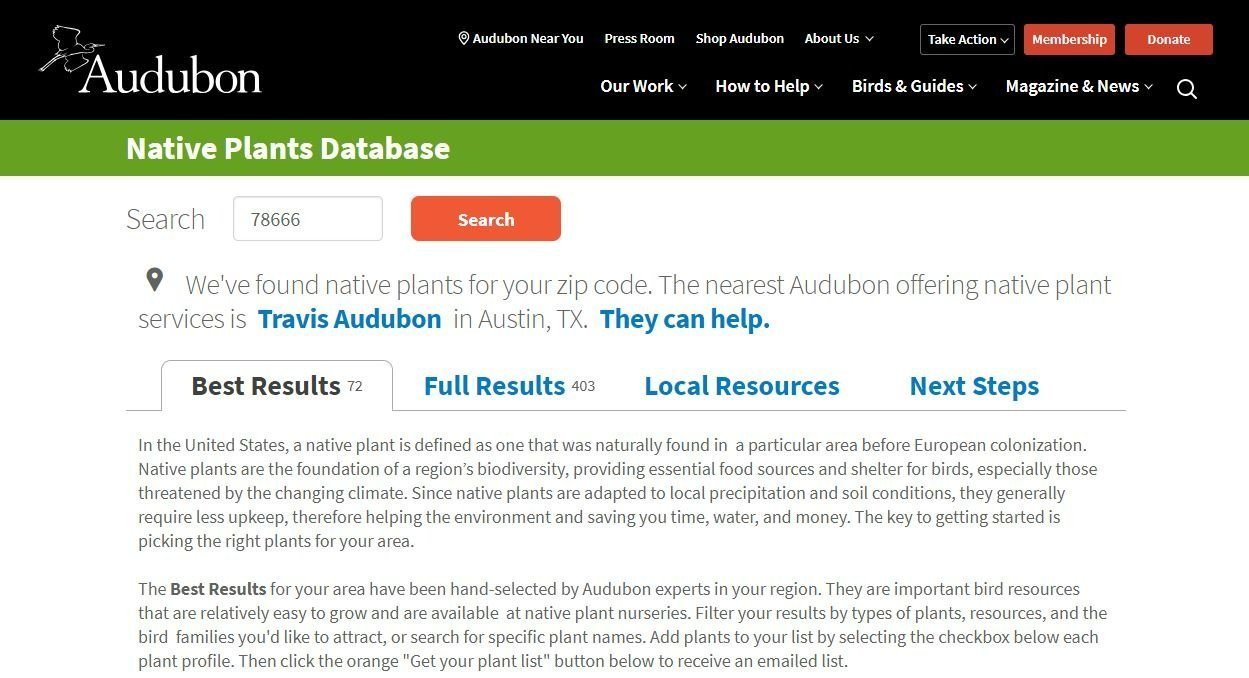Migratory Bird Day Festival
San Marcos Discovery Center
Hays County Master Naturalist Jo Korthals (left) and San Marcos Greenbelt Alliance member Melani Howard (right) at their Bird City Texas exhibit table
“Where birds thrive, people prosper.”
—Chloe Crumley, Audubon Texas Engagement Manager
Betsy Cross
In 2018, Audubon Texas partnered with Texas Parks and Wildlife to launch Bird City Texas, a community-focused certification program “created to help people protect birds and their habitats where we live, work, and recreate.” https://tx.audubon.org/urbanconservation/bird-city-texas
Through science-based bird conservation initiatives and community-centric action, Bird City Texas aims to:
Enhance and restore habitats
Increase native plant coverage in Texas for the benefit of birds and people
Reduce population-level threats
Increase public awareness of the benefits and challenges of bird conservation
Promote environmental stewardship in Texas cities
Since 2019, 10 Texas cities have achieved Bird City Texas status: Austin, Bastrop, Cedar Hill, Dallas, Dripping Springs, Galveston, Houston, Port Aransas, San Antonio, and Surfside Beach. “To receive this designation, cities have to show that they’ve already made significant strides to protect native birds and how they plan to continue that work.”—Riane Roldan, KUT 90.5 Austin’s NPR Station
Dripping Springs was awarded Bird City Texas status in 2022 after two tries. San Marcos and Wimberley have been implementing Bird City Texas program requirements for the last two years and are actively pursuing Bird City Texas certification.
The cities of Dripping Springs, San Marcos, and Wimberley—working together with Hays County Master Naturalists, local conservation organizations, biologists, and other stakeholders—are poised to make a positive impact on bird habitat preservation and conservation across Hays County.
To achieve and retain Bird City Texas designation, each community is required to host an annual Migratory Bird Day event on or around the second Saturday of May each year—a time that corresponds to the spring bird migration from South America, Central America, and Mexico to North America and Canada. Dripping Springs and Wimberley hosted their 2023 events on May 13. More information about those events is available in the June 2023 Hays Humm magazine and can be accessed here.
Then on June 10, 2023, the San Marcos Discovery Center hosted the San Marcos Migratory Bird Day Festival. Discovery Center staff and volunteers from the Hill Country Native Plant Society, the San Marcos Greenbelt Alliance, Hays County Master Naturalist, Centro Cultural Hispano de San Marcos, TreeFolks, and others were onsite to raise public awareness about the importance of science-based conservation initiatives for birds and to educate visitors and inspire new bird enthusiasts.
San Marcos Greenbelt Alliance members Susan Hanson (left), Melani Howard (center), and Lauren Thompson (right)
Hill Country Native Plant Society members President Laura Legett (left), Dr. Alice LeDuc (Center), and Lin Weber (right)
Yansi Arévalo, Program Coordinator for Centro Cultural Hispano de San Marcos, helped children craft an owl out of cotton balls.
Yansi also provided information about the different species of owls, their habitats, and their survival tactics.
Paul Llamas led bird walks around the Discovery Center and the adjacent property.
Hays County Master Naturalist (HCMN) Cynthia Pryor
HCMN 2023 Member-in-Training Clover Clamons
Discovery Center Specialist Niki Lake and Intern Brenna Martin
Jo Korthals handed out Beautiful Hays County Activity and Coloring Books to children. This Activity and Coloring Book features 11 Hays County natural areas. Each natural area in the book is supported by a two-page spread of site-specific activities, facts, and a coloring page. It is intended to be used by families and children as a guidebook for each area. The books were designed, written, and published by Hays County Master Naturalists and are provided at no cost.
Read more about the Beautiful Hays County Activity and Coloring Book here.
Hill Country Native Plant Society leaders: President Laura Legett (left), Dr. Alice LeDuc (center), and Lin Weber (right) provided festival goers with native plant resource material and offered information on the importance of native plants to birds in our area.
Besides creating natural beauty in our landscapes, native plants provide more food choices and shelter for birds and other wildlife. Audubon has online resources to assist in the identification of native plants for birds based on geography.
https://www.audubon.org/plantsforbirds
A Hays County Summer Tanager Enjoys American Beautyberry
Summer Tanagers are migratory birds that arrive in Central Texas as early as mid-March. They nest and raise their young here. Then in September to mid-October, during the fall bird migration, they return to Central and South America.
A female Summer Tanager enjoys the fruit of American Beautyberry in Central Hays County. Photo: Joe Doherty
Outdoor cats kill approximately 2.4 billion birds every year in the U.S. And over half a billion birds are killed every year in North America when they collide with windows.
What Can We Do?
Hays County Master Naturalist Jo Korthals (left) and San Marcos Greenbelt Alliance member Melani Howard (right) shared information with visitors about the importance of responsible pet ownership and ways to prevent bird strikes on windows.
Jo keeps her tabby cat Kootie indoors except when she takes her for walks on a leash. “I have leash trained two cats and would share the process with anyone who is interested.”—Jo Korthals
“Predation by domestic cats is the number-one direct, human-caused threat to birds in the United States and Canada. In the United States alone, outdoor cats kill approximately 2.4 billion birds every year. Although this number may seem unbelievable, it represents the combined impact of tens of millions of outdoor cats. Each outdoor cat plays a part.” American Bird Conservancy
Visit the America Bird Conservancy website Cats Indoors (abcbirds.org) for valuable information on responsible pet ownership and a safe environment for cats, birds, and people.
Bird fatalities from collisions with windows are also a significant contributor to the decline in bird populations. “Over half a billion birds are killed every year in North America after colliding with windows. Birds can’t see glass—nor do they come to understand that it is an invisible barrier or reflective illusion—which means they don’t put on the brakes and usually hit windows at full force.”
Cornell Lab’s All About Birds program hosted a seminar by Dr. Christine Sheppard of the American Bird Conservancy on how to implement solutions to prevent bird strikes on windows. Access her seminar here.
The Bird City idea began in the Midwest of the United States, where Bird City Wisconsin has been recognizing Bird City communities since 2010 in partnership with local governments, bird clubs, Audubon chapters, elected officials, nonprofits, educators, nature centers, and a variety of other partners that lead local projects.
Bird City Wisconsin's success has resulted in the organic spread of the program to several other states, including Colorado, Maryland, and Texas, and even outside the U.S. to Mexico and Colombia. This growth has made clear the need for a larger and more encompassing program to coordinate future expansion, provide difficult-to-obtain resources to the network, and facilitate the transmission of ideas between communities and programs. https://abcbirds.org/bird-city-network/




